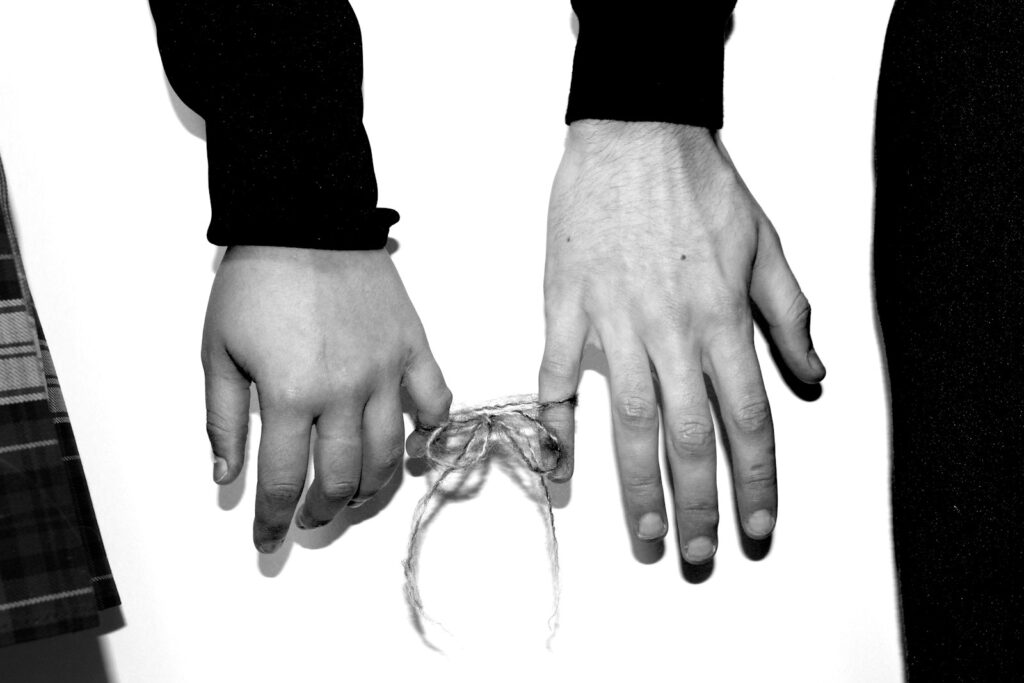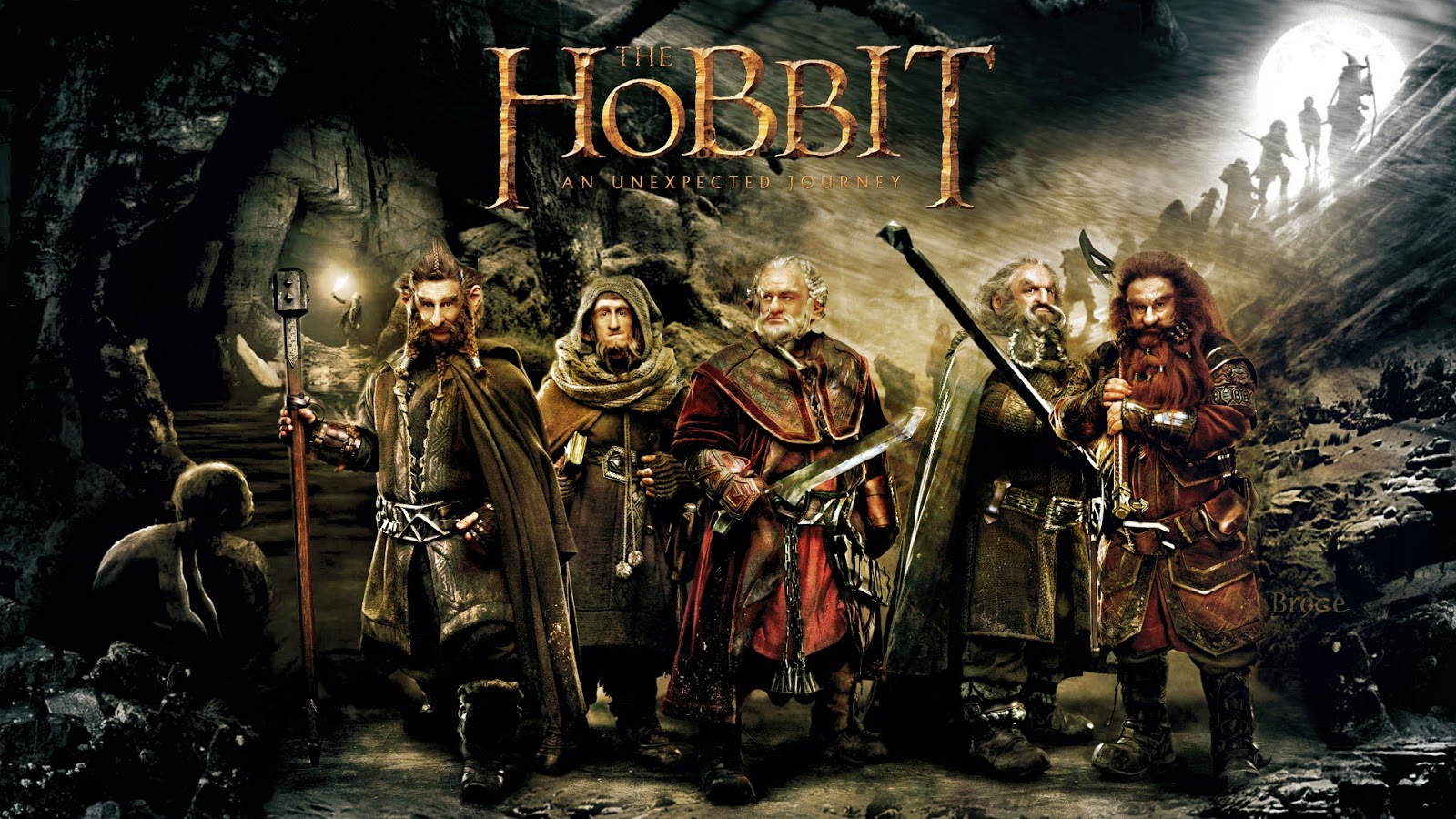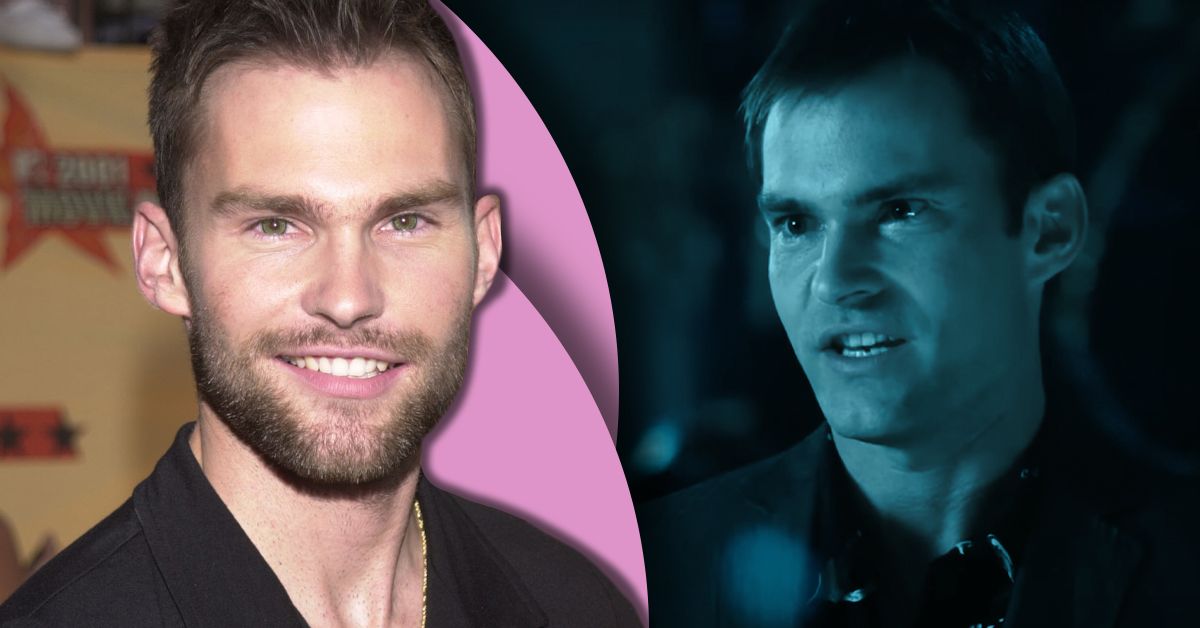
For countless viewers across generations, the name Seann William Scott is inextricably linked to the boisterous, often outrageous, and undeniably iconic character of Steve Stifler from the “American Pie” film series. From his unforgettable debut in 1999, Stifler became an enduring archetype of the endearingly sleazy, party-throwing bully that audiences paradoxically couldn’t help but champion. This breakout role, with its indelible comedic impact, seemingly cemented Scott’s status as a formidable presence in Hollywood, leading many to assume a trajectory of unmitigated success and effortless recognition. Yet, beneath the veneer of this celebrated persona lies a narrative far more intricate and, at times, profoundly challenging.
Indeed, the public’s perception of Seann William Scott often belies a deeper, more complex reality, one shaped by years of relentless struggle, unexpected setbacks, and a persistent battle to define his identity beyond the shadow of a single character. His journey through Hollywood has been a testament to resilience, marked by critical insights into the industry’s often unforgiving nature and the profound personal tolls it can exact. This is not merely a tale of an actor’s career; it is a nuanced exploration of a man navigating the high-stakes world of entertainment while contending with very real, human adversities.
In this in-depth account, we peel back the layers of a career that, despite its high points, has been punctuated by significant personal and professional hurdles. From the grinding early years of trying to make a name for himself to the surprising financial realities of his biggest breakthrough, and the perpetual struggle against typecasting, Scott’s story offers a compelling look at the often-unseen chapters of a celebrity’s life. We explore the trials that shaped him, providing a sophisticated and character-driven narrative that extends far beyond the boisterous antics of his most famous role, offering a glimpse into the tragic, true-life experiences that have defined Seann William Scott.
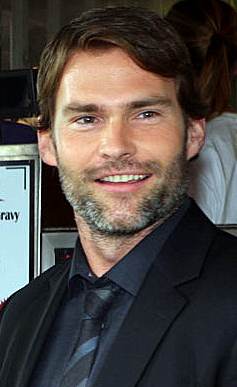
1. **The Grueling Path to Hollywood: Years of Struggle and Odd Jobs**Moving to Los Angeles with aspirations of stardom is a dream shared by countless individuals, yet instant success remains an elusive fantasy for most. This sentiment certainly rang true for Seann William Scott, who, after attending the University of Wisconsin and Glendale Community College in California, made the pivotal decision to relocate to the vibrant, yet often unforgiving, city of Los Angeles. His initial years in the industry were far from glamorous, a testament to the arduous climb many actors face before achieving any semblance of a breakthrough.
During this demanding period, the Minnesota-born actor landed a smattering of smaller, often uncredited roles that highlighted the grind of an aspiring artist. These included a memorable, albeit brief, appearance as “Guy in Basketball Jersey” in a Sunny Delight commercial and a one-off part in the television show “Something So Right.” Such roles, while offering valuable experience, barely scratched the surface of his ambitions and certainly did not provide a stable foundation for his nascent career.
For his first three years in Los Angeles, Scott found himself in a constant balancing act, meticulously dividing his time between the demanding circuit of auditions and a slew of part-time retail jobs. He diligently honed his acting chops, attending countless tryouts, all while simultaneously working an array of non-entertainment jobs that spoke to his determination and perseverance in the face of financial uncertainty. These endeavors ranged from working as a plumber at Home Depot to selling glow-in-the-dark stars at Scientific Revolution, and even serving as a host at California Pizza Kitchen, each job a humble reminder of the struggle to make ends meet.
It was against this backdrop of persistent effort and modest gains that a pivotal opportunity arose. As Scott himself recounted on “The Howard Stern Show,” he received the script for “American Pie,” and though “the Stifler part was, like, two scenes long,” he knew instantly that he “needed to get a part.” In a move that underscored his innate understanding of the character, Scott strategically emulated a Stifler-like bully from his own high school days during the audition, a performance that ultimately landed him the role that would irrevocably alter the course of his life and career.
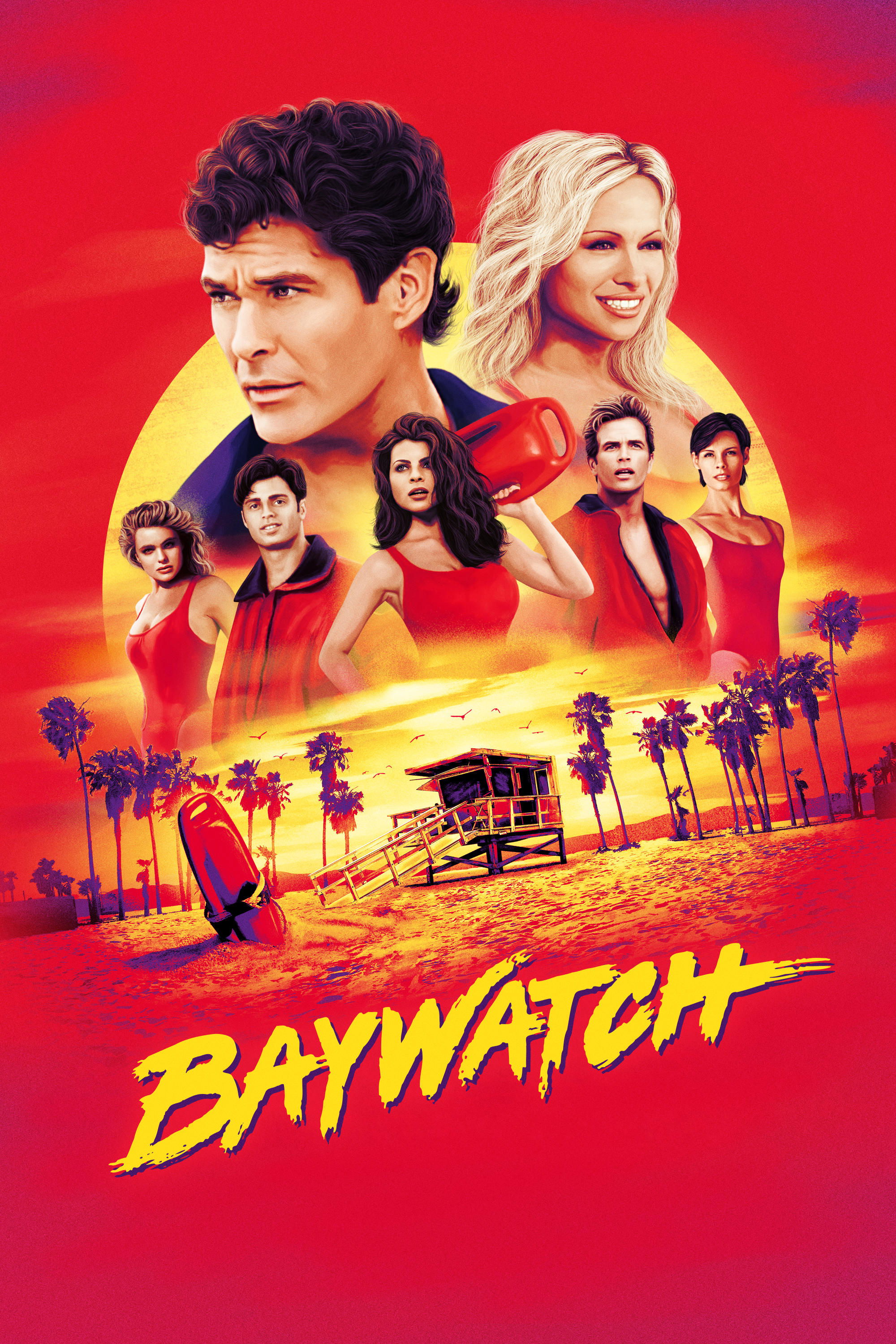
2. **The “Baywatch” Audition Disaster: Robbery and Missed Opportunity**Amidst his early, fervent pursuit of a breakout role in the cutthroat landscape of Los Angeles, Seann William Scott found himself with a coveted opportunity: an audition for “Baywatch,” the wildly popular beach soap opera that epitomized 1990s television. This was, by all accounts, a significant chance to secure a visible part in a hit show, a potential stepping stone that every struggling actor dreams of. However, fate, in a cruelly ironic twist, intervened in a way that epitomized the unpredictable hardships of his early career.
On his way to the crucial audition, traveling via public transportation from his home in Glendale, Scott inadvertently disembarked in what he described as “a not-so-great neighborhood.” What ensued was a devastating encounter: Scott was robbed, stripped of his shirt, his shoes, and every last cent he possessed, a meager $1.35 that was meant to cover his fare home. The incident was not just a material loss but a profound psychological blow, adding another layer of tribulation to an already challenging existence.
The ramifications of this robbery extended directly to his “Baywatch” audition, effectively torpedoing his chances before he even had a fair shot. As Scott candidly explained on “The Rich Eisen Show,” the issue was less about what he was wearing and more about the impact of the robbery itself. He arrived at the audition shirt-less, revealing a physique that, by his own admission, was “chunky” and ill-suited for the ripped, Adonis-like standards of the “Baywatch” cast. He lamented, “So when I finally got to the audition, I didn’t have my shirt on and it was not … I didn’t get the part. You’re supposed to be ripped. The shirt hid it. So when they took the shirt, they took the job.”
To compound this already demoralizing experience, Scott was left stranded, devoid of even the small sum needed to return to Glendale. He had no recourse but to approach people at the very audition he had just failed, humbly asking for bus fare to get home. This stark moment of vulnerability underscored the crushing reality of his situation, leading him to reflect on the brutal nature of his chosen profession: “I remember getting home and being like, ‘Acting sucks, man. It’s so hard.’” It was a stark reminder of how quickly hope can be dashed by unforeseen circumstances in the often-harsh world of Hollywood.
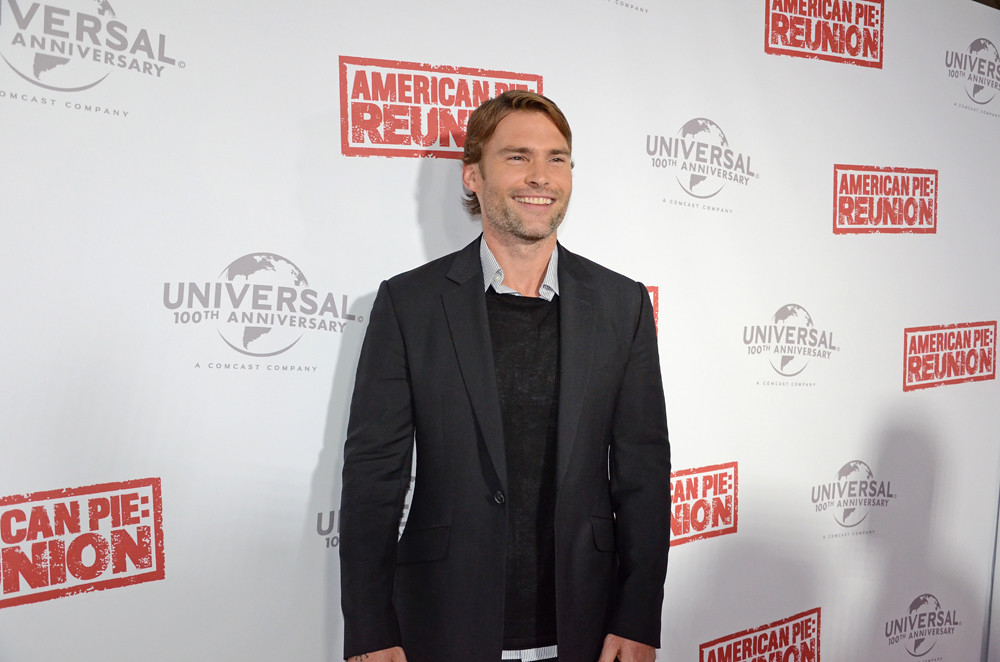
3. **“American Pie”’s Modest Paycheck: Post-Stardom Financial Realities**Before its theatrical release, the seismic cultural impact of “American Pie” was utterly unpredictable. Produced on a relatively modest budget of $11 million, the film defied expectations, rocketing to an astonishing $102.5 million domestically and $235 million worldwide at the box office. This monumental success finally provided Seann William Scott with the career breakthrough he had tirelessly pursued, transforming him overnight into a recognizable face in popular culture. Yet, the immediate financial rewards for the film’s burgeoning stars were, surprisingly, not commensurate with its colossal earnings.
In a revelation that often surprises fans, Scott disclosed that his compensation for his iconic portrayal of Stifler in the inaugural “American Pie” was a mere $8,000. While this sum might seem paltry in retrospect, especially given the film’s eventual global triumph, Scott, as a relative newcomer to the industry, perceived it at the time as a substantial paycheck, a hard-won victory after years of financial struggle. This initial modest earning stands in stark contrast to the millions that would later define his career, highlighting the speculative nature of early film investments.
The comparatively low pay for his seminal role was also a reflection of his initial, limited screen time within the film’s original script. As Scott candidly told People magazine, he “only worked in the movie for six days” and was “only supposed to be in a couple scenes.” However, his inherent comedic talent and relentless drive led the production team to allow him extensive improvisation, a freedom he embraced wholeheartedly. He explained, “they just kept letting me improvise because I just wanted to get myself in as much of the movie as possible,” a strategic move that significantly elevated Stifler’s presence and comedic impact, ultimately contributing to the character’s lasting appeal.
Crucially, this $8,000, though small by Hollywood standards, offered Scott a newfound degree of autonomy and security. He recalled on “The Rich Eisen Show” the immediate, tangible benefit: “I remember afterwards, I bought a used Thunderbird for like, five grand, or maybe six. I’m like, ‘Oh yeah, baby!’” This purchase wasn’t just a luxury; it was a practical investment that spared him from further reliance on public transportation, thereby circumventing the potential for more harrowing incidents like the one preceding his ill-fated “Baywatch” audition.
Despite the impending success of “American Pie,” the release of the film was not immediate, and its trajectory remained uncertain. Consequently, Seann William Scott continued to work odd jobs even after filming had wrapped, a testament to his practical nature and the industry’s unpredictable rhythms. He shared with Conan O’Brien, “I was hopeful. I was like, ‘I think this movie’s gonna be great.’ [But] I don’t know if it’s gonna get me another movie, so I had to get a job.” It was during this interim period that a friend at the Los Angeles Zoo inspired him to take on a temporary gig. Much to his dismay, this wasn’t an opportunity to interact with animals, but rather to become the resident “churro guy,” responsible for making the doughy treats for guests. A humorous anecdote from this time involved a Rolling Stone interviewer mistakenly believing his churro job was a new film role, a moment that underscored the surreal transition from struggling actor to burgeoning star. Fortunately, “American Pie” became an instant sensation, and Scott’s tenure as a churro vendor was, thankfully, short-lived.
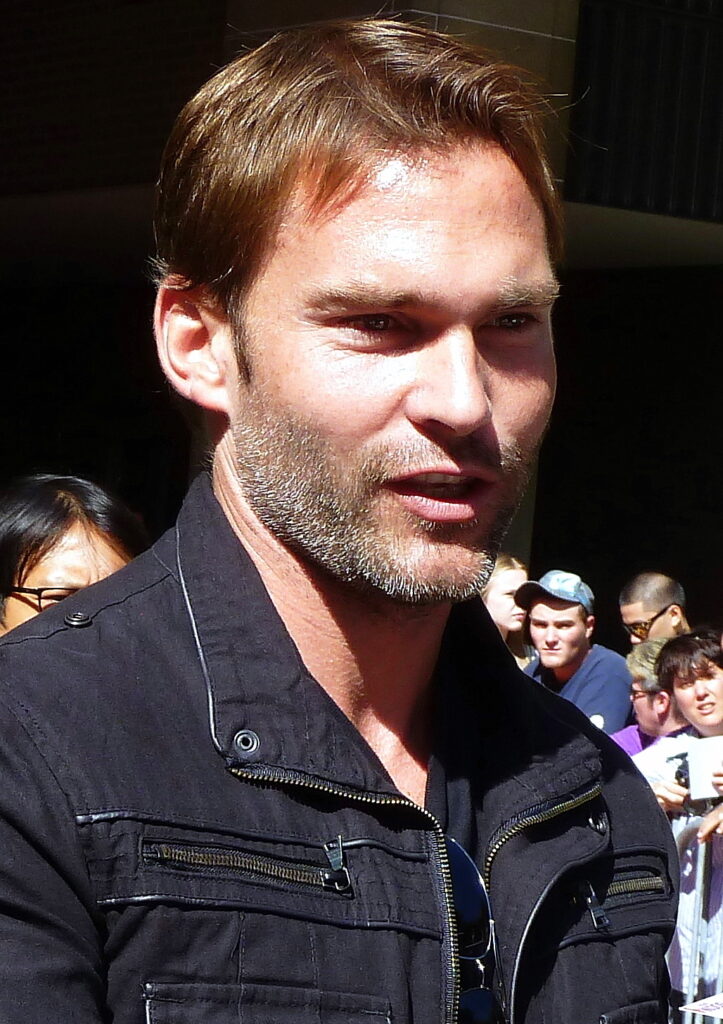
4. **The Shadow of Stifler: Battle Against Typecasting**After enduring years of failed auditions and a succession of demanding odd jobs to sustain himself, Seann William Scott finally tasted success with the release of “American Pie.” Audiences worldwide enthusiastically embraced the inappropriate antics of Stifler, catapulting Scott into the realm of mass popularity. However, this newfound fame, while liberating in many respects, came with a significant and persistent drawback: he became inextricably typecast as the quintessential high school jock, perpetually engrossed in partying and romantic pursuits. This pigeonhole, while born from immense success, presented a formidable challenge to his artistic aspirations and the broader expansion of his filmography.
The indelible impression left by Stifler was so potent that it often preceded Scott into new audition rooms, creating preconceived notions that proved difficult to dislodge. A prime example occurred in 2000, when Scott was considered for the role of Billy Hitchcock in the horror film “Final Destination,” a character whose death by decapitation would later be hailed as one of the franchise’s most memorable kills. Director James Wong, fresh from having seen “American Pie,” harbored considerable hesitation about casting the actor behind Stifler in such a distinctively different, dorkier role.
Wong articulated his initial reservations to Yahoo Entertainment, noting, “Billy, this kind of dorky guy, he’s not written as handsome as Seann William Scott, so it took a little bit of convincing.” This sentiment perfectly illustrates the pervasive nature of typecasting, where an actor’s previous, highly successful role can overshadow their potential for versatility. The challenge for Scott was not merely to act, but to actively dismantle the Stifler image in the minds of casting directors and filmmakers, proving his capability for a wider range of characterizations.
Ultimately, Scott secured the role of Billy by simply being his authentic self during his meeting with Wong, a persona that stood in stark contrast to the boisterous Stifler. Reflecting on the process, Scott candidly told Yahoo Entertainment, “I’m such a dork. It didn’t take long.” He vividly recalled Wong’s swift realization: “He [Wong] probably spent two minutes with me and was like, ‘He’s good, he’s good. He’s a dork. He’s definitely a dork. You’re hired, buddy.’” This anecdote highlights both the inherent difficulty and the eventual triumph of an actor breaking free from the confines of a popular, yet limiting, image, showcasing that his true personality was distinct from his most famous portrayal.

5. **A Career of Mixed Fortunes: The Flops Amidst the Hits**Following the unprecedented success of “American Pie,” Seann William Scott’s career trajectory, while certainly elevated, was far from a smooth ascent, preventing him from ever having to resort to making churros again. He enthusiastically reprised his beloved role as Stifler in subsequent installments of the franchise – “American Pie 2,” “American Wedding,” and “American Reunion” – all of which enjoyed significant box office success, globally surpassing $200 million. Beyond these iconic comedies, Scott also made notable appearances in other successful films, including “Dude, Where’s My Car?,” “Goon,” and “The Rundown,” demonstrating his enduring appeal and comedic timing.
However, his career has also been fraught with a discernible string of critical and commercial flops, rendering it a persistent uphill battle to fully separate himself from the pervasive Stifler persona that the world had so readily embraced. These less-than-successful ventures often highlighted the industry’s struggle to see him in roles beyond his established comedic niche, inadvertently reinforcing the typecasting he sought to overcome. Each project that failed to resonate with audiences or critics served as a setback in his quest for broader artistic recognition.
A prime example of these missteps was his ambitious foray into the realm of action comedies with 2003’s “Bulletproof Monk.” In this film, Scott portrayed the character Kar, partnering with a monk (played by Chow Yun-Fat) in a bid to save the world. Despite the intriguing premise and the star power of his co-lead, the film failed to connect with the masses, garnering harsh reviews. One particularly blunt critic from Empire magazine succinctly, and painfully, wrote, “It’s painful to watch,” a sentiment that underscored the film’s critical disappointment and its inability to showcase Scott’s versatility effectively.
Years later, in 2019, Scott attempted a more dramatic turn in the horror-crime film “Bloodline,” where he played Evan, a father and social worker haunted by childhood abuse. While a courageous departure from his typical roles, the film again struggled to find its purpose, according to critics. The Los Angeles Times critiqued, “As a stressed-out high school guidance counselor who helps his students by murdering their abusive relatives, Scott walks a fine line between sympathetic and sinister, in a film that never really finds its purpose.” This assessment highlighted the film’s narrative ambiguities and, by extension, the ongoing challenge for Scott to find projects that both resonated with audiences and allowed him to fully shed the comedic expectations that had defined his career.
Despite these critical and commercial fluctuations, Scott’s more recent work continues to reflect his resilience and dedication to diversifying his filmography. He has notably starred in the mockumentary sitcom “Welcome to Flatch” as Joseph ‘Father Joe’ Binghoffer, and appeared in the film “The Wrath of Becky” (2023), with another project, “Grand Death Lott,” currently in production. These roles, particularly his television work, signify a continued effort to explore characters beyond the shadow of Stifler, even as the legacy of that iconic portrayal remains a powerful, and at times challenging, undercurrent throughout his multifaceted career. This ongoing journey underscores the enduring complexities of navigating fame and artistic ambition in Hollywood.
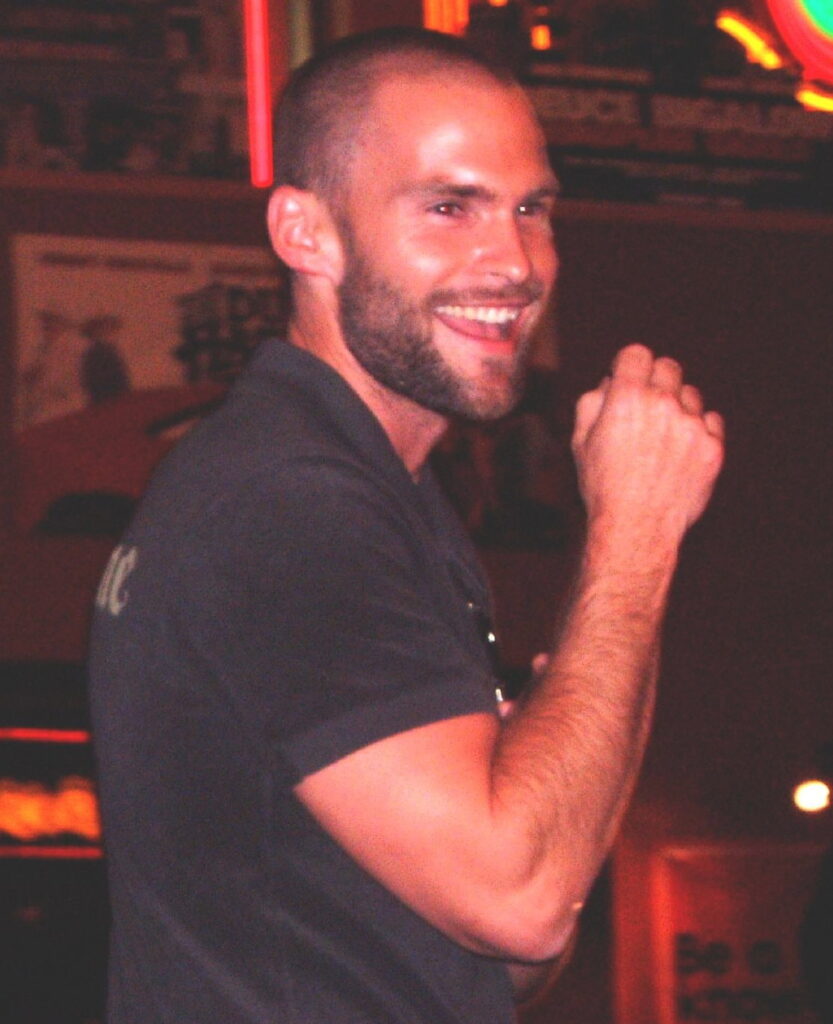
6. **The Public Misconception: Far from a Party Animal**For many, the name Seann William Scott is synonymous with Steve Stifler, an outrageous character whose boisterous energy blurred the lines between actor and role. This pervasive public perception, born from cinematic triumph, often overshadowed the profound dichotomy of Scott’s true personality. Yet, beneath the veneer of Hollywood’s most celebrated party animal, lay a reality far removed from the raucous image.
Scott himself candidly revealed to NBC Philadelphia that he is “nothing like Stifler in real life,” describing himself as an “introvert” and a “quiet, introspective guy.” This admission underscores the sheer artistry required to convincingly portray a character so antithetical to one’s genuine self. His private life further cemented this distinction; despite the allure of fame, Scott confessed to News.com.au, “I was never really able to take advantage of being an actor because I was always too shy to talk to girls.”
This quiet demeanor extended to his personal habits, with Scott stating in 2003 he had no interest in alcohol, drugs, or pornography—elements so central to Stifler’s universe. He even admitted to NBC Philadelphia, “I wasn’t funny, couldn’t tell a joke in school and still can’t tell a joke to save my life!” Such revelations painted a picture of a disciplined, reserved individual whose comedic success emerged from a genre he never initially sought, challenging the easy assumptions of a public captivated by his most famous portrayal.
Adding to this complex public identity, Scott occasionally encountered surprising misrecognition. He recounted a memorable flight incident where a mother and daughter, proclaiming to be his “biggest fans,” mistook him for “American Idol” winner David Cook. This humorous yet telling mix-up highlighted how deeply his Stifler persona sometimes obscured his actual identity, or led to a swift, embarrassed denunciation from those who learned of his true, “filthy” claim to fame. This persistent struggle with public perception forms a crucial, often isolating, chapter in Scott’s nuanced narrative, revealing a constant negotiation between his craft and his true self.
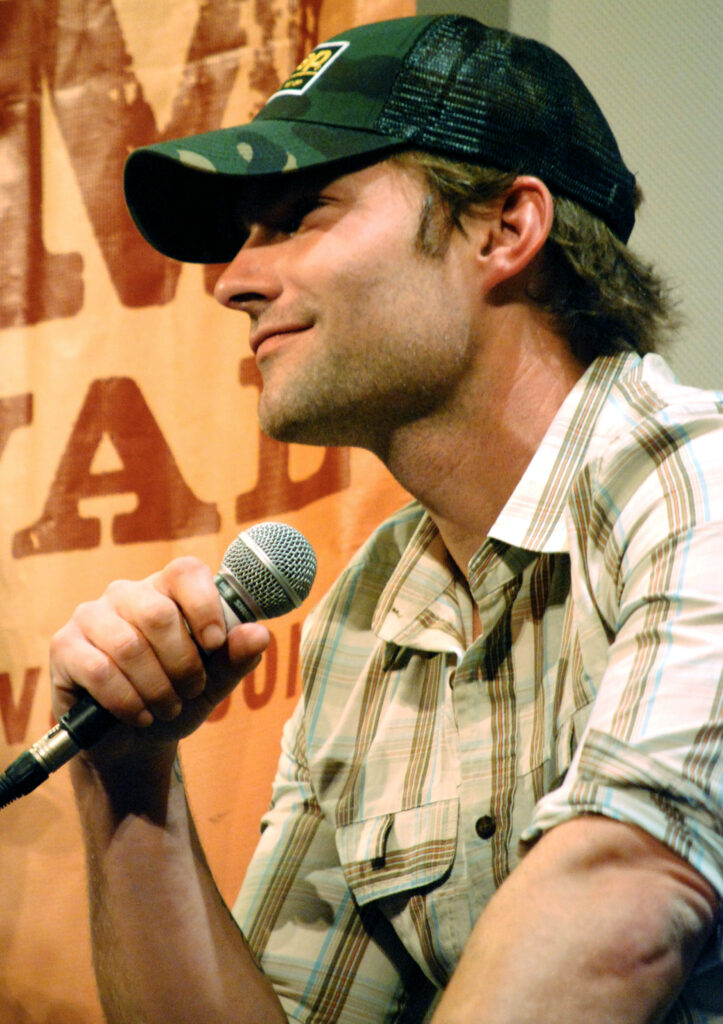
7. **Profound Personal Losses: Navigating a Period of Intense Grief**The public facade of the jovial Stifler, a character seemingly immune to life’s deeper pains, stood in stark contrast to the profound personal devastation Seann William Scott would experience in the years leading up to the 2011 release of his film “Goon.” During a harrowing two-year span, Scott’s world was irrevocably shaken by an unimaginable succession of losses. He faced the death of his father in 2007, an immense blow compounded by the passing of five other close family members within that same compressed timeframe. This period of relentless grief cast a heavy shadow over his typically positive outlook, pushing him into a darkness that few could fathom.
Scott, who described himself as inherently “positive and optimistic,” found these deeply ingrained traits severely tested, if not completely shattered, by the sheer volume of his family’s passing. The cumulative weight of these losses was so overwhelming that it stripped away his natural buoyancy, leaving him questioning the very possibility of ever experiencing joy again. Such an emotional crucible, away from the comedic spotlight, revealed a man grappling with universal sorrow on a scale that few are forced to endure in such a short period.
The silent battle against this immense grief unfolded largely outside the public eye, a testament to Scott’s deeply private nature, yet its impact on him was transformative. The vibrant energy and lightheartedness associated with his most famous roles evaporated, replaced by a quiet struggle for emotional equilibrium. This intensely personal ordeal marked a critical juncture in his life, forcing him to confront mortality and his own resilience in the face of what felt like an endless wave of sorrow, setting the stage for a subsequent, crucial pivot towards seeking professional guidance for healing.
Read more about: Beyond the Starlight: Robert Redford’s Untold Heartbreak and the Women Who Shaped His Life

8. **A Journey Towards Wellness: Seeking Professional Help for Mental Health**In the immediate aftermath of his staggering family losses, Seann William Scott initially believed he could navigate his grief in solitude. He articulated on “Inside of You with Michael Rosenbaum” a common sentiment: “I always felt like, I don’t need to talk to anybody because I know I’m sad. What am I gonna repeat what I know?” This self-reliant approach, while understandable, proved insufficient against the profound sorrow he was experiencing, a stark reminder that even the most resilient individuals require external support during life’s most trying moments.
The turning point arrived when Scott recognized the inadequacy of his solitary coping mechanisms. He candidly admitted he was “far from okay,” acknowledging the critical need for professional intervention. This brave decision to seek help proved remarkably beneficial from the outset; he recalled the transformative power of his first session with a grief counselor, describing it as immediately “healing.” This initial positive experience solidified his understanding that an unbiased professional perspective is often essential for the journey back to emotional well-being.
This commitment to mental wellness extended further. In March 2011, around the period of his film “Goon,” Scott voluntarily admitted himself to a treatment facility for 30 days. While no specific details regarding the “health and personal issues” were disclosed by his representatives, the decision underscored a profound dedication to self-care. Upon successful completion, the then 34-year-old actor reappeared publicly, seemingly renewed. This period of introspection not only offered personal transformation but subtly informed his professional trajectory, as his reprisal of Stifler in “American Reunion” (2012) unveiled a more nuanced, vulnerable side of the character. The film depicted Stifler’s friends realizing that beneath the boisterous exterior, he didn’t always feel like the life of the party, a poignant echo of Scott’s real-life evolution towards embracing vulnerability and the complexities of human emotion.
Read more about: Melissa McCarthy’s Epic Transformation: Unpacking Her Weight Loss Journey, Fan Reactions, and The Big 2025 Reveal
9. **The Dissolution of a Private Union: Marriage and its Unraveling**Throughout his career, Seann William Scott has assiduously guarded his personal life, a quiet inclination that stood in sharp contrast to the very public persona of Steve Stifler. His romantic relationships, when they did surface, were often shrouded in a veil of discretion, emphasizing a clear boundary between his professional endeavors and his private world. Prior to his marriage, there was a notable engagement in 2012 to Victoria’s Secret model Lindsay Frimodt, a relationship that, though publicly acknowledged, largely remained out of the media spotlight before its quiet dissolution in January 2013, with both parties expressing an intent to remain friends.
Maintaining this characteristic privacy, Scott hinted at a new relationship in 2019, telling Us Weekly only that he was “seeing somebody” and that “She’s a great girl,” without divulging her identity. It was later that September when a source confirmed his marriage to this mystery woman in a private ceremony, subsequently revealed to be interior designer Olivia Korenberg. This union, much like his previous relationships, was intentionally kept away from the relentless glare of celebrity scrutiny, a deliberate choice reflecting his desire for a normal domestic life away from the cacophony of Hollywood.
However, even the most carefully constructed walls of privacy can eventually yield to life’s inevitable challenges. After a marriage spanning four years, the news emerged that Seann William Scott and Olivia Korenberg had separated in October 2023. This private rupture became public when Scott filed for divorce in February 2024, citing irreconcilable differences as the basis for the unraveling of their union. The couple, who had welcomed their daughter Frankie Rose into the world in June 2020, now faced the difficult task of navigating a separation, and later a divorce, while jointly raising their child, marking a profoundly challenging chapter in Scott’s intensely guarded personal narrative.
Read more about: Beyond the Spotlight: Unveiling the Unseen Truths and Troubled Soul of Marilyn Monroe’s Private Life

10. **Navigating Co-Parenting Amidst Financial and Logistical Strife**The dissolution of Seann William Scott’s marriage to Olivia Korenberg quickly escalated into a contentious legal and logistical dispute, primarily revolving around their four-year-old daughter and co-parenting arrangements. Court filings revealed that while joint legal and physical custody was initially agreed upon, Korenberg’s April 2024 motion sought to prevent Scott from compelling her and their daughter to vacate one of his properties, exposing a significant chasm in their post-separation understanding.
Korenberg’s filings detailed a stark financial imbalance and rigid expectations from Scott concerning living arrangements. She cited “limited financial resources” as her reason for being unable to remain in Malibu, directly conflicting with Scott’s insistence on a 20-mile radius. She further alleged Scott, leveraging his substantial assets—including debt-free homes worth over $10 million and $4 million—had initially promised a $3.5 million Malibu property as a stable, long-term residence for her and their daughter until the child’s adulthood. However, this agreement was allegedly curtailed to a single year, a condition Korenberg found “unacceptable” for its lack of stability and financial burden, despite making personal investments in improvements based on Scott’s assurances of a long-term stay.
The dispute reached a critical point in November 2024. After Korenberg informed Scott of her intent to introduce a new partner—whom Scott declined to meet—she claimed he responded 25 days later with an email notification to sell the residence, demanding she and their daughter vacate by May 3. This “eviction,” as Korenberg termed it, left her “blind-sided,” confronting the prospect of having “nowhere to live” by June 30 due to Malibu’s unaffordability and recurring wildfire threats, and the lack of an offer for his empty Venice bungalow.
Further complicating the dynamic, Korenberg expressed significant concerns regarding Scott’s parenting style and perceived lack of consistent engagement. While acknowledging him as a “caring parent,” she characterized herself as the “primary parent,” noting their daughter’s accustomed “long stretches without seeing her father” due to his career. Her affidavit also raised serious safety concerns, citing an alleged incident where a friend of Scott’s was “extremely intoxicated,” used “vulgar language,” and offered their daughter a taste of a martini without consent. These allegations, coupled with Korenberg’s demand for increased child support—currently $6,000 monthly based on 50/50 custody but now needing modification given Scott’s estimated $148,000 monthly income and her housing insecurity—alongside substantial requests for legal and accounting fees, illuminate the profound emotional and financial intricacies of their contested co-parenting landscape.
***
The narrative of Seann William Scott is not merely a chronicle of Hollywood fame or comedic triumphs; it is a profound testament to the quiet battles fought beneath the glare of public adoration. From the relentless pursuit of a dream through thankless odd jobs, to the surprising realities of breakthrough success, and the enduring challenge of transcending an iconic role, Scott’s journey reflects the often-unseen complexities of life in the spotlight. His story is one of profound personal loss, the courageous pursuit of mental wellness, and the intricate, often painful, navigation of a fractured family life—a compelling portrait of a man continually redefining himself beyond the confines of a character, illustrating with poignant clarity that even the most effervescent of screen presences can harbor a deeper, more vulnerable human truth.

